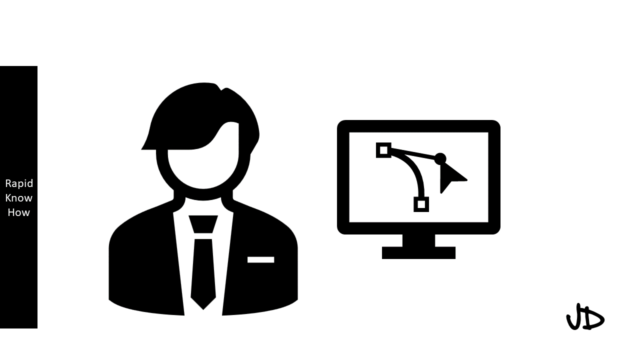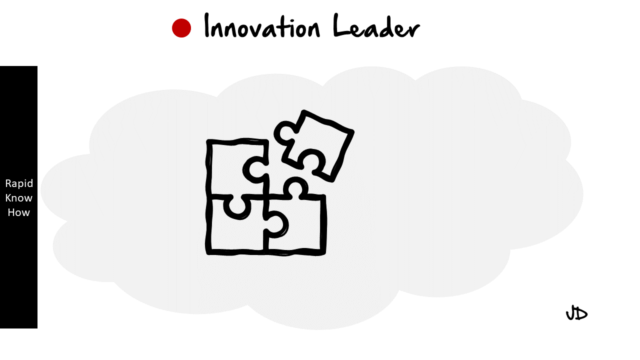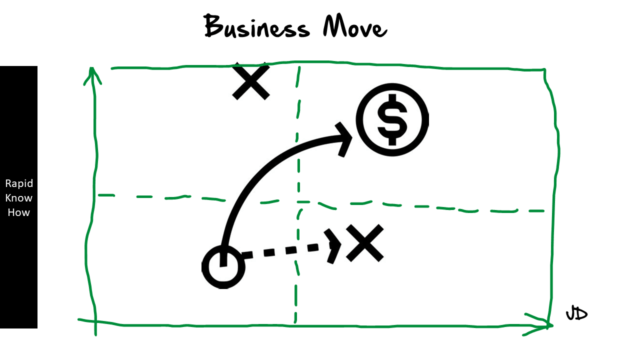Money Laundering 101 in Covid-Times
Money laundering is a complex, multifaceted process that involves making illegally-gained proceeds appear legal. It is a crime that has been around for decades, but with the advent of the Covid-19 pandemic, it has taken on new dimensions and strategies. The pandemic has not only changed the way we live and work but also how money laundering is conducted.
10 Money Laundering Strategies Used by PEPs for Covid Earnings
In this context, let’s delve into the 10 most used money laundering strategies during Covid times, with a particular focus on PEPs (Politically Exposed Persons).
1. **Digital Currency**: With the rise of digital transactions due to lockdowns and social distancing measures, digital currencies have become a popular tool for money laundering. Cryptocurrencies like Bitcoin provide anonymity to users, making it difficult for authorities to trace transactions.
2. **Online Gambling**: Online gambling platforms have seen a surge in activity during the pandemic. These platforms can be used to launder money by placing bets with illicit funds and then cashing out the winnings as ‘clean’ money.
3. **Trade-Based Laundering**: This involves over or under-invoicing goods and services to move money across borders. The disruption in global supply chains due to Covid-19 has made it easier for criminals to exploit this method.
4. **Shell Companies**: These are companies without active business operations or significant assets, often used as a vehicle for various financial maneuvers or kept dormant for future use in some other capacity. During the pandemic, there has been an increase in the creation of such entities to facilitate illicit transactions.
5. **Investment in Real Estate**: With property prices falling due to economic uncertainty, investment in real estate has become an attractive option for money launderers looking to legitimize their illicit gains.
6. **Bank Complicity**: In some cases, banks may be complicit in money laundering activities by ignoring suspicious transactions or failing to implement adequate anti-money laundering measures.
7. **Offshore Accounts and Tax Havens**: Offshore accounts and tax havens continue to be popular methods for hiding illicit funds. The secrecy provided by these jurisdictions makes it difficult for authorities to trace the origin of the funds.
8. **Peer-to-Peer (P2P) Transfers**: The use of P2P platforms has increased during the pandemic, providing another avenue for money launderers. These platforms allow for quick, often international, transfers with little oversight.
9. **Smurfing**: This involves breaking down large transactions into several smaller ones to avoid detection. With more people banking online due to Covid-19, this method has become easier to execute.
10. **Exploitation of PEPs (Politically Exposed Persons)**: PEPs are individuals who are or have been entrusted with prominent public functions. They present a higher risk for potential involvement in bribery and corruption due to their position and influence. During the pandemic, there have been instances where PEPs have been exploited or involved in money laundering schemes.
In conclusion, while the Covid-19 pandemic has brought about unprecedented challenges, it has also led to an evolution in money laundering strategies. It is crucial for financial institutions and regulatory bodies to stay vigilant and adapt their anti-money laundering measures to effectively combat these evolving threats.




